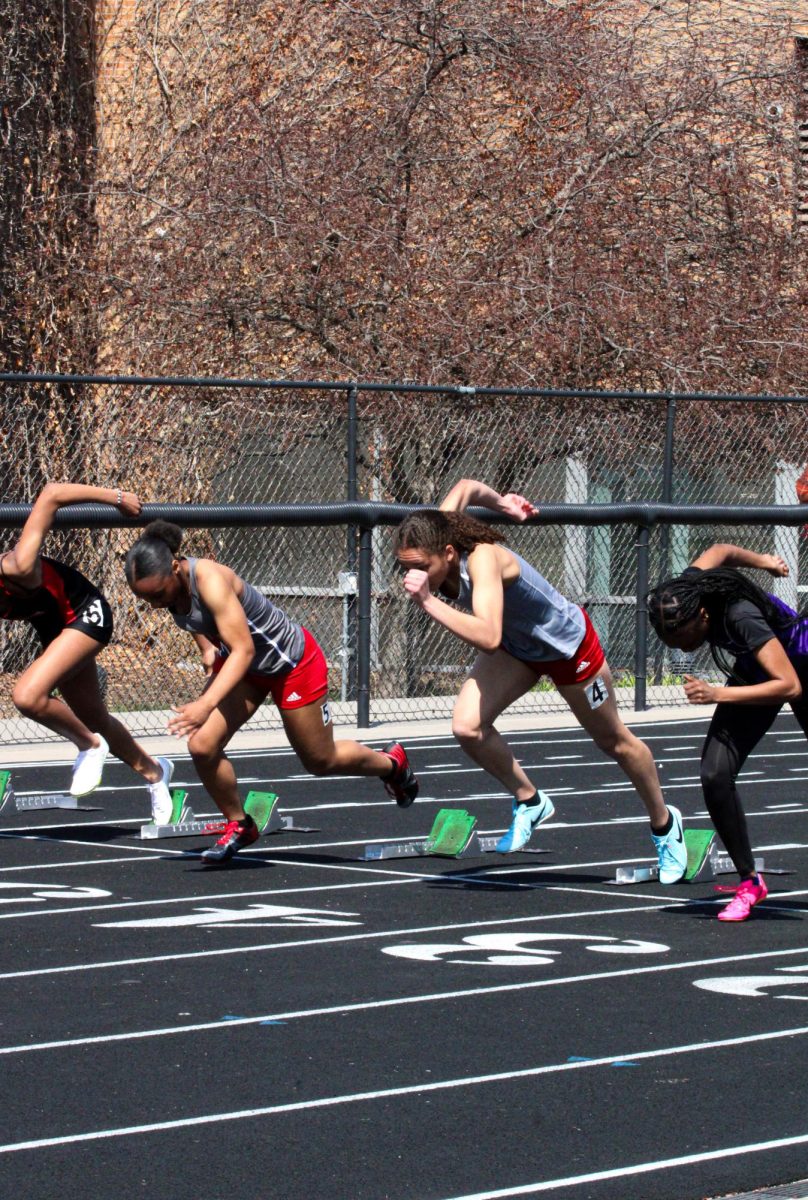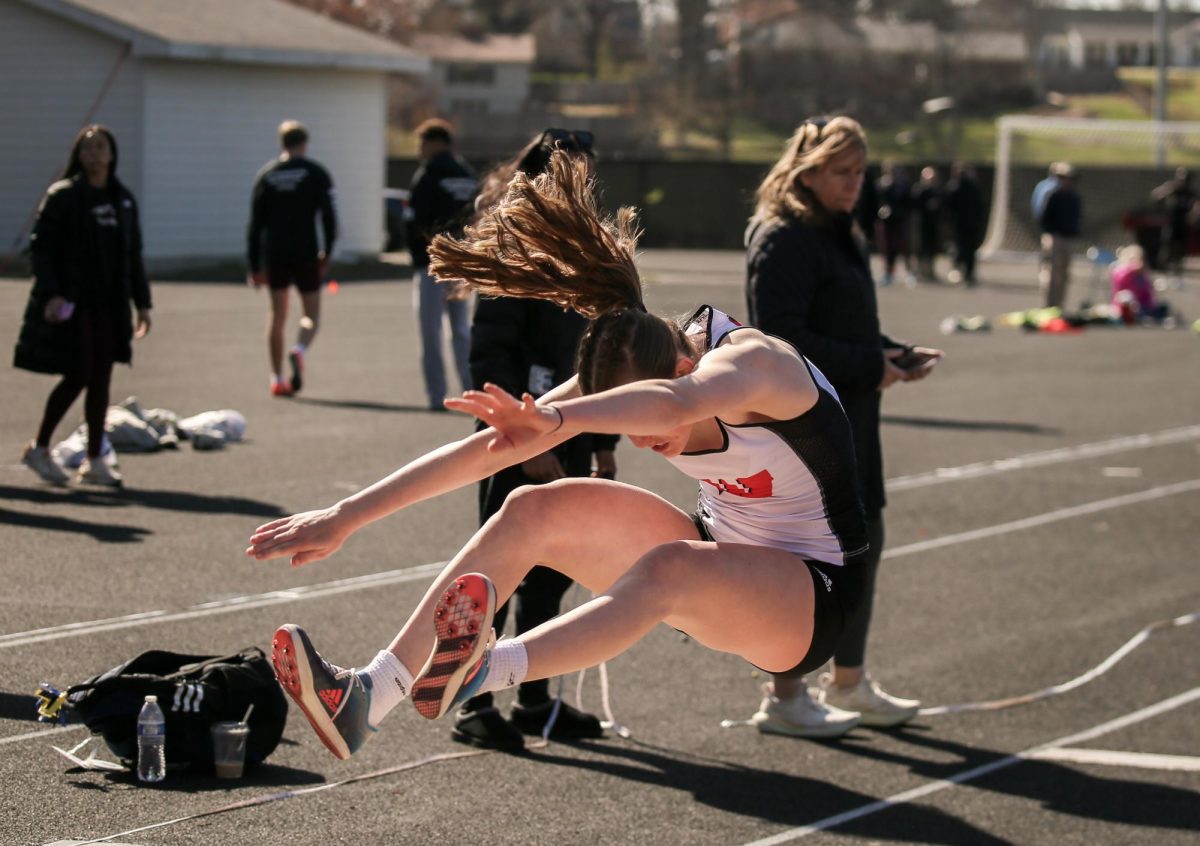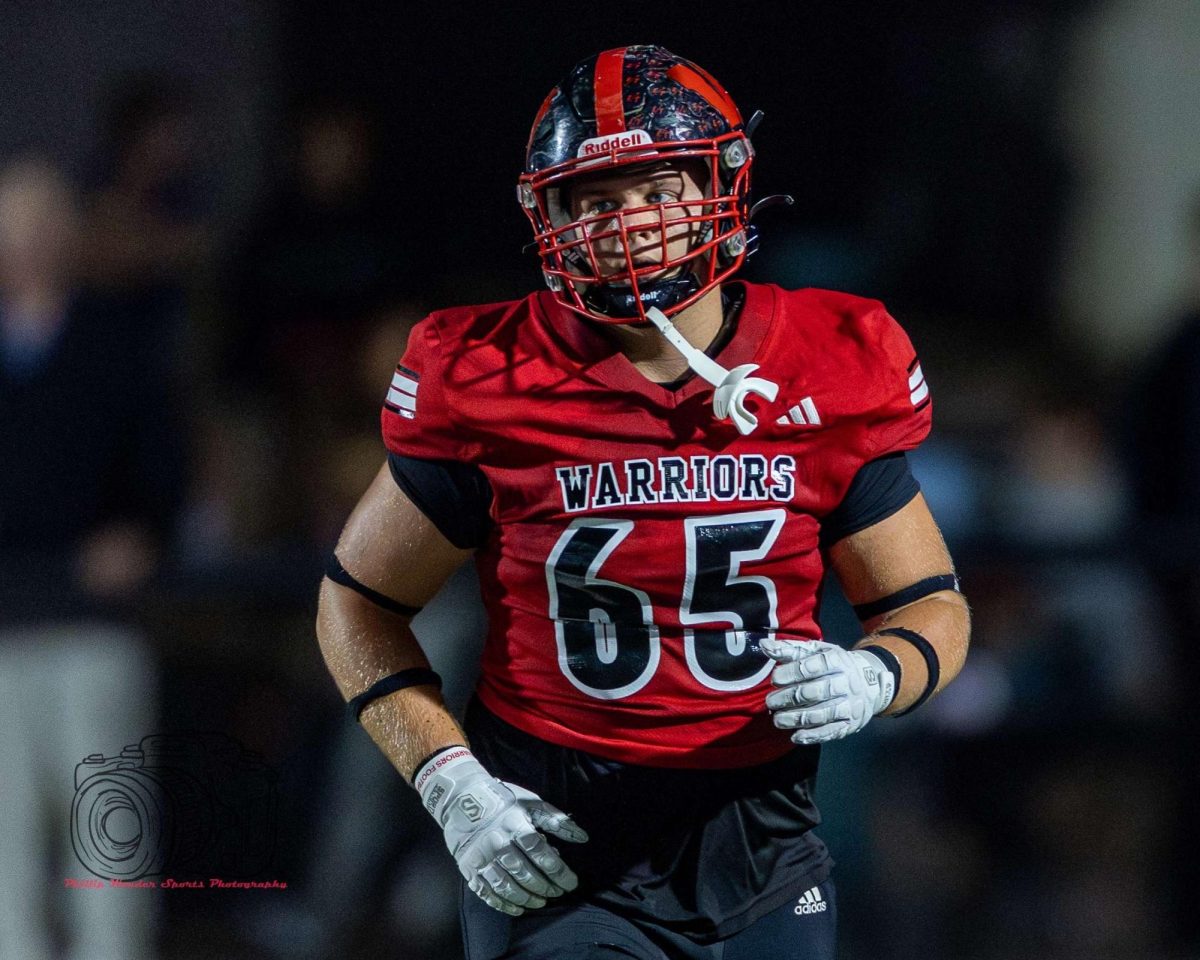Transferring and recruiting have become increasingly popular practices in regards to high school athletics. While they might help a coach create successful teams, they severely harm several aspects of athletics and high school in general.
Recruiting and transferring disrupts healthy competition within leagues. Schools that have better winning records, coaches, resources or reputations will attract top athletes. This creates a cycle where the winning teams continue attracting talented kids, and therefore continue to win. Over time, powerhouses are formed due to this lopsided distribution of talented athletes.
Smaller, or less appealing schools are left at a disadvantage. They may feel pressured to recruit or improve their facilities and coaching staff to be able to compete. Some schools do not have the budget or resources to do so. This can lead to financial strain, or a focus on athletics over academics.
As these smaller schools have less and less opportunities for success, fewer students will participate in sports in the future. This lack of involvement will harm athletic development and limit the growth of young talent.
Not only will students at the smaller schools be discouraged from participating, so will those in the schools constantly recruiting. If coaches are always finding the next best player from somewhere outside the school, those in the program will feel undermined and like their opportunities have been reduced.
High school sports typically value devotion, hard work, commitment, and culture. When schools rely on recruiting for success instead of growing the talent of the athletes they already have, it sends the message that these values aren’t as important as they say they are. This can lead the athletes to resent coaches due to feeling overlooked or undervalued. Tension is created that can impact relationships within the team or it fosters an environment where teammates aren’t fully supportive of each other.
Team chemistry can also be lost during this process. It is built through the losses, wins, and struggle that the team goes through together. Frequently recruiting can disrupt the dynamic of a team, leading to unhealthy divisions and relationships.
Transferring to a different school may also prevent students from building a strong identity and loyalty to one team. Less successful schools may struggle to retain support from the community and students due to repeatedly struggling to win. High school sports are supposed to be a place that creates pride and unity within a school.
There are also negative impacts on the athletes changing schools in order to compete in their sport. They risk burnout due to the increased pressure to perform, train, and balance academics. Those with high expectations for the athlete’s success can lead to stress and the need to execute. This can be challenging for teenagers who are still developing mentally and emotionally.
Many high school athletic associations have rules to regulate and limit transfers and recruiting, but there are too many loopholes that allow it to happen. While recruiting and transfering can strengthen a team, it ultimately harms all athletes who have already invested time and energy into the program. It hurts all young athletes, even those transferring, due to the pressure to perform. A strict focus on athletic success can rob kids of the learning and growth that comes from competing.













